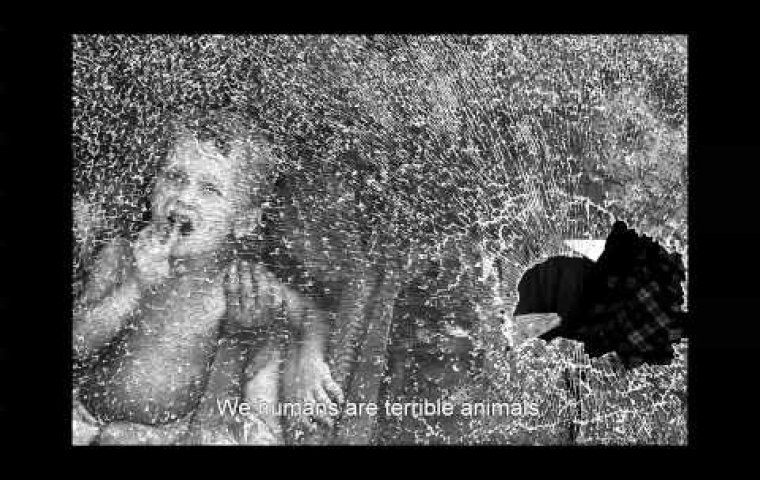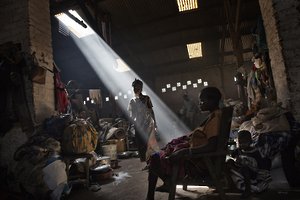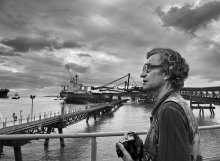The photographer Sebastião Salgado was a refugee in the 1970s, fleeing the military dictatorship in Brazil. He became a global wanderer, photographing epochal events of violence and displacement, including Rwanda, Bosnia, and the war in Iraq.
The Salt of the Earth

Synopsis
The photographer Sebastião Salgado was a refugee in the 1970s, fleeing the military dictatorship in Brazil. He became a global wanderer, photographing epochal events of violence and displacement, including Rwanda, Bosnia, and the war in Iraq. This film, made by Salgado's son Juliano and the award-winning director Wim Wenders (Wings of Desire), follows the photographer across continents as he builds a new masterwork on climate change, one breath-taking image at a time. Salgado's eye as an artist is second to none in the world of photojournalism. This film explores the fascinating journey that gave Salgado his unique perspective.
2015 Academy Award Nominee® for Best Documentary Feature
The fundamental core of all of Human Rights Watch's work is the field mission: the painstaking process of gathering facts about human rights abuses, often in situations where they are hotly contested. Our researchers travel to inaccessible and war-torn regions where the news media may lack the means, or the patience, to report the story. We encounter powerful narratives of suffering and resistance. In these investigations, we share with the best photographers a commitment to bearing witness. Human Rights Watch has been assigning professional photographers to cover human rights issues with us for more than a decade. While our comprehensive field research remains the core of all that we publish, the formats that we use for expressing those research findings are more diverse than ever.


